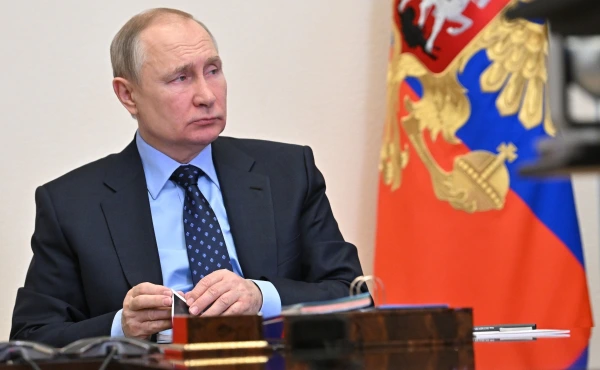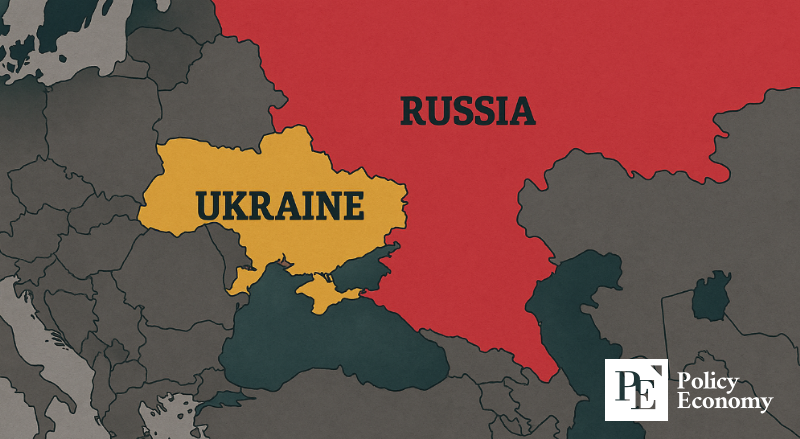Diplomacy in the Age of Tariffs: Trump’s Latest Move on Russia
Input
Modified
Talks shift from bullets to balance sheets. Tariffs become the new front line. Will an accord emerge, or will demands stall?
A meeting between President Trump and President Putin is reportedly imminent, marking a shift in focus from the battlefield to the balance of trade. Instead of ceasefire terms or territorial settlements, this summit will center on sanctions, tariffs, and the reshaping of the post-war financial order. Unless Putin presents demands that Moscow cannot deliver on, a new phase of strategic détente could be within reach.

From Guns to Goods: The Shift to Economic Warfare
The war in Ukraine has entered its sixth year, and the nature of international pressure on Russia has evolved dramatically. What was once focused on ceasefire negotiations and battlefield developments has now shifted to economics. Leaders are discussing ways to dismantle Russia’s financial capacity, with tariffs becoming a tool of strategic coercion.
Russia’s economy appears brittle. Lees in oil and gas revenue and taxing of India and other buyers are squeezing the government’s war chest. Such secondary sanctions target countries that continue to support Russian energy exports. As one analyst noted, this form of economic warfare may be more potent than any military confrontation. Without revenue to sustain the war effort, Putin faces hard choices or collapse.
Economic Collapse Beckons
Experts warn that Russia’s economy is nearing terminal exhaustion. At the St. Petersburg Economic Forum, a rare public admission came from within Putin’s inner circle: Russia may be teetering on the edge of recession. The country’s survival hinges on unsustainable military spending and empty reserves.
Economic forecasts paint a grim picture. As a long war drags on, pipelines of revenue run dry, and no strategic pivot appears capable of reversing the trend. A summit between Trump and Putin may provide a diplomatic fig leaf, but the underlying pressure is financial and potentially irreversible.

A Truce in the Making?
Reports suggest a meeting could take place soon, spurred by diplomatic advances since early summer. U.S. envoy meetings, sandwiched between tireless press deadlines, have paved a cautious path toward dialogue. However, Trump’s conditions are clear: additional tariffs will loom for countries that continue to funnel wealth into Russian coffers.
The question now is whether Putin will accept the terms or demand too much. If the latter, the economic pressure in place may prove insurmountable. For global watchers, the stakes are enormous. An agreement could mark a winding down of one of Europe’s longest wars. A breakdown, however, may drive Russia closer to economic meltdown and prolong the suffering that comes with it.
In this new chapter, economics, not artillery, holds the keys to geopolitical power. As diplomacy meets commerce, the future of Ukraine and the international order hangs in the balance.





















